Vicente Westerhout, a PhD student and member of Optolab, completed a month-long internship at the Advanced Instrumentation Technology Centre (AITC) located at Mount Stromlo in Canberra, the capital of Australia.
Vicente traveled to Australia to collaborate with the AITC, which is part of the Australian National University (ANU) and is situated in the historically significant Mount Stromlo.
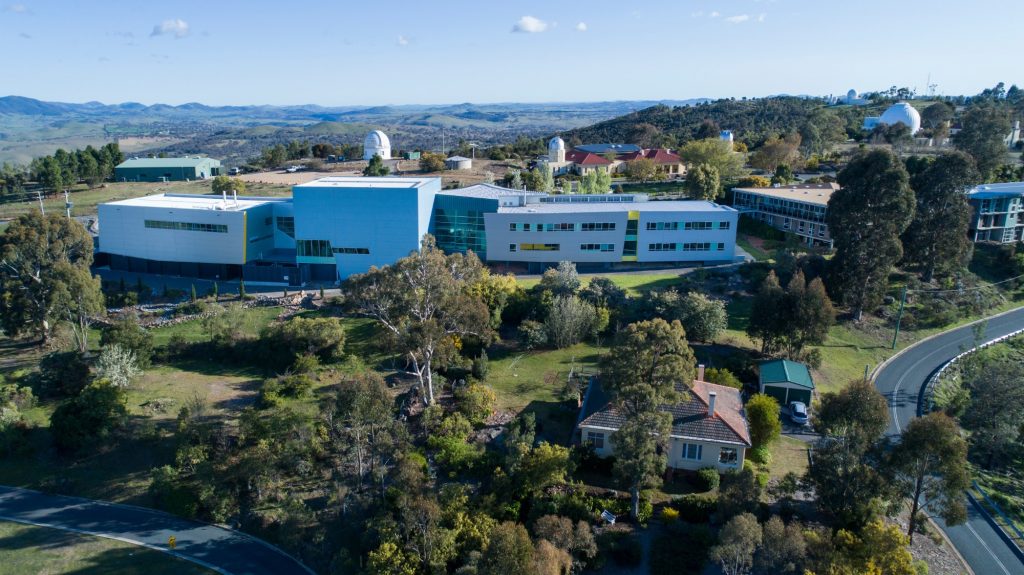
Since 1911, Mount Stromlo has housed various telescopes, and by 1985, it was equipped with technology that ranked it among the most advanced telescopes in the world. In 2003, a major fire destroyed all the telescopes, impacting numerous ongoing research projects. From that point, it was renamed AICT and entered a period of recovery and significant research development.
As a postgraduate student at the PUCV Optoelectronics Laboratory, Vicente has primarily focused on research in astronomical instrumentation, specifically on the use of event cameras.
This neuromorphic instrument captures changes in contrast in scenes while omitting information that remains unchanged during the capture time, which is useful for saving data storage space. The research at Optolab is related to space surveillance and exploring its applications in adaptive optics (AO).
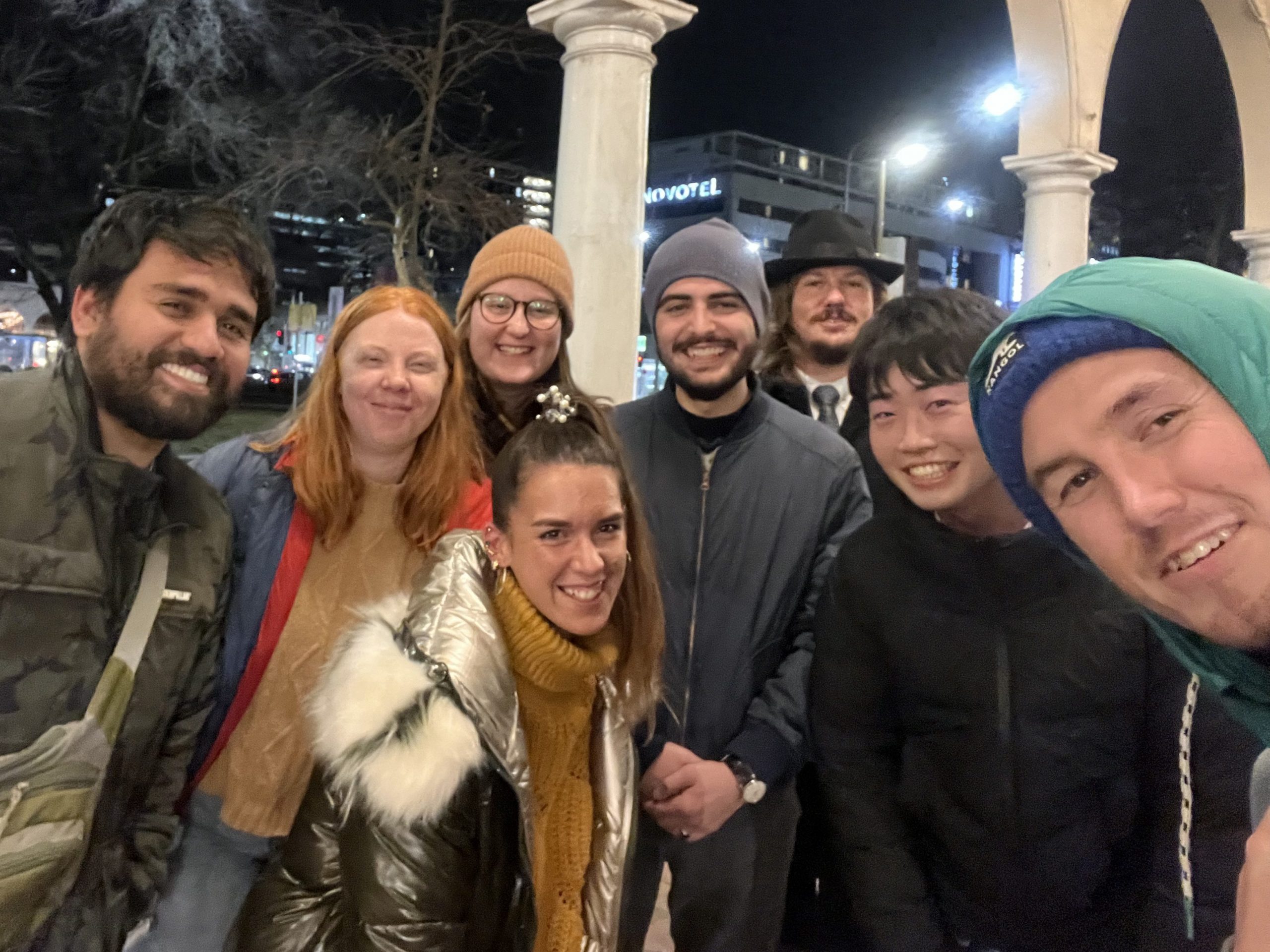
In the course of his research, he became acquainted with the work of Dr. Noelia Martínez, a researcher at ANU who leads the adaptive optics group at AITC, as well as Monique Cockram, a member of the group who completed her master’s project on event cameras. He had the opportunity to learn more about their work at the SPIE Astronomical Telescopes + Instrumentation conference, attended by a group of Optolab researchers in Japan.
The PhD student noted that the internship at AITC was focused on achieving certain objectives they set, such as testing a space monitoring system, getting to know the Optical Ground Station (OGS) of the center, which has the latest technology and a 0.7-meter telescope, where they would test the event camera, and lastly, learning more about neuromorphic cameras and their sensitivity.
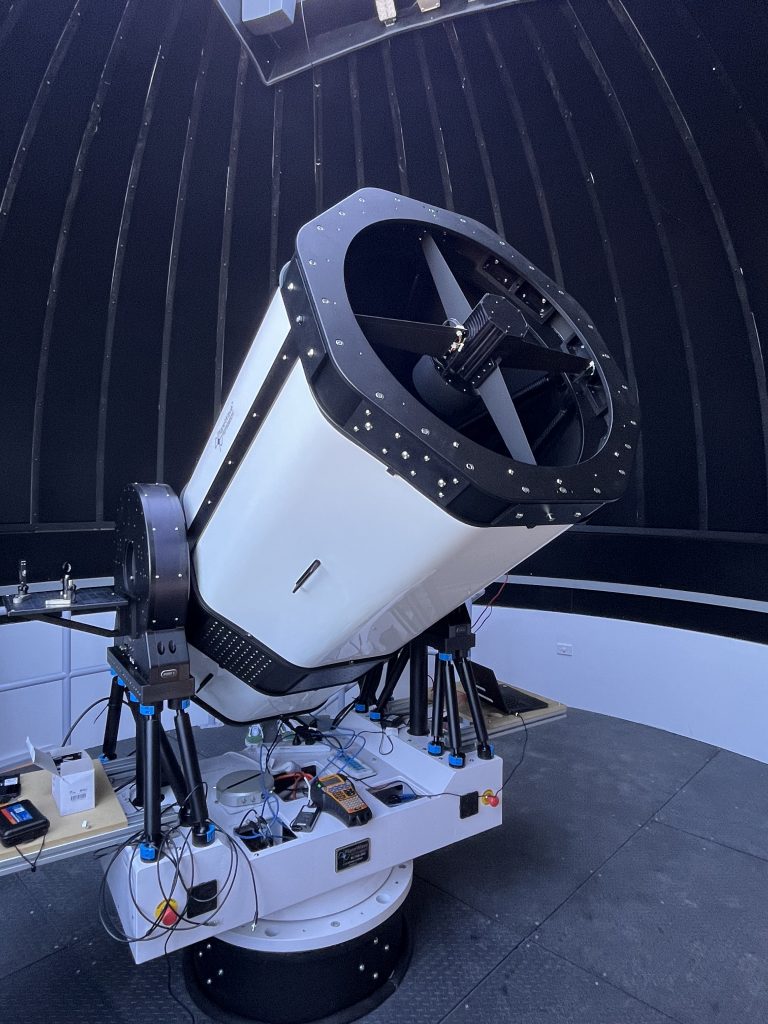
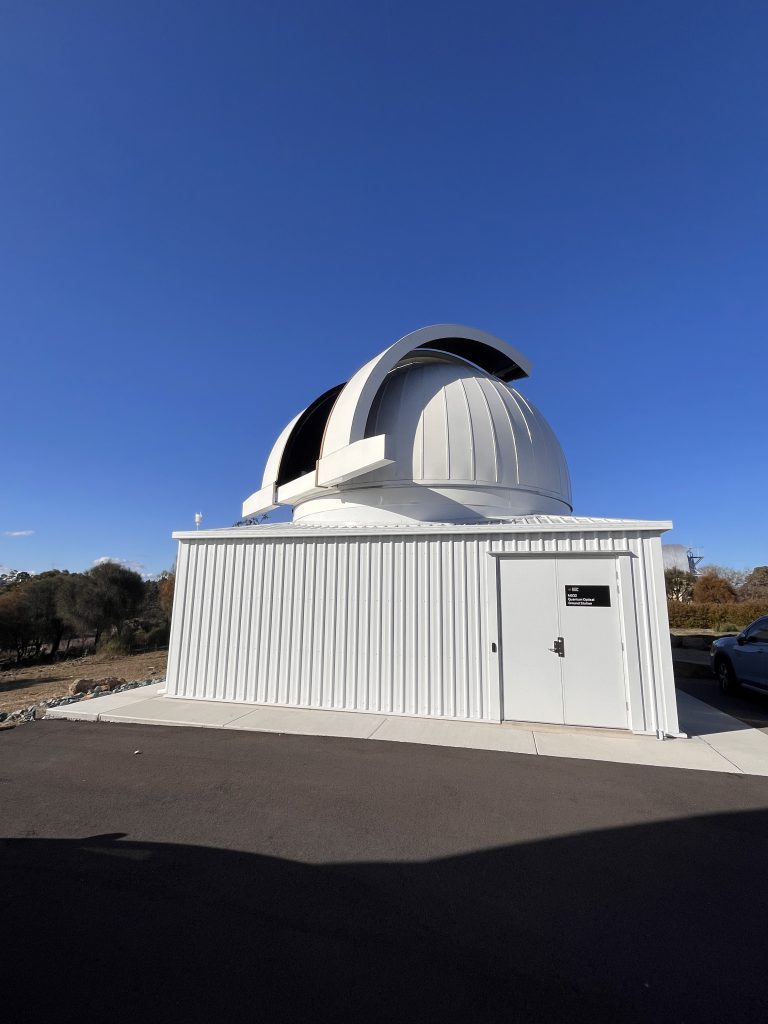
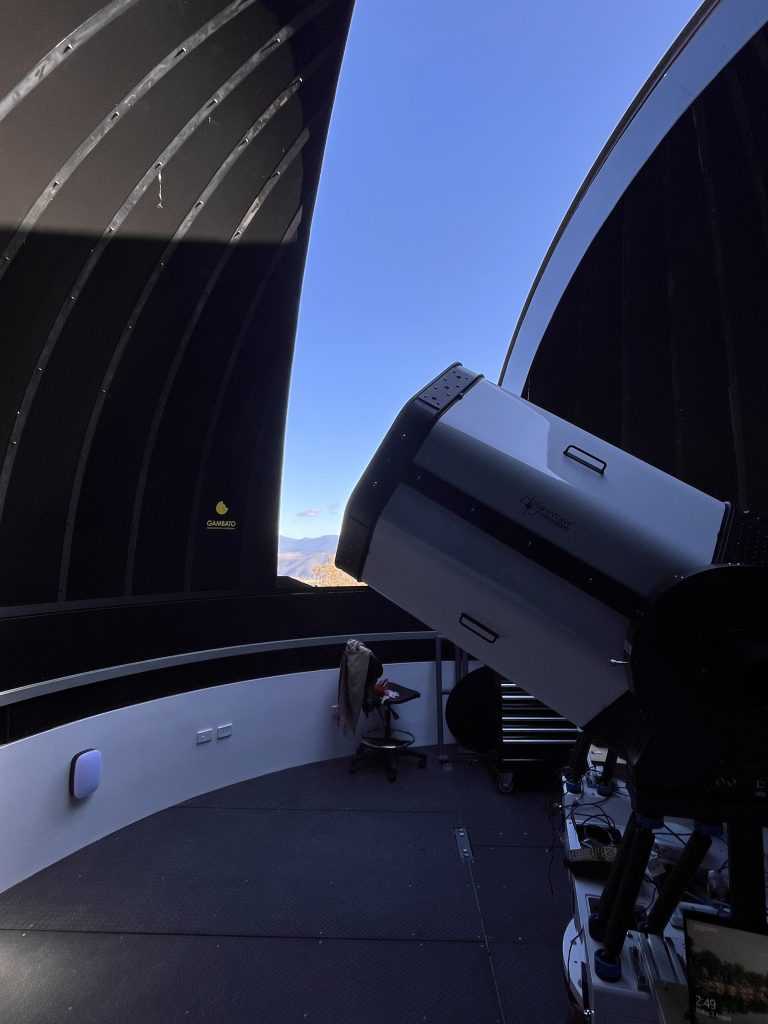
The OGS and telescope at this center are the main inspirations for developing our own Ground Optical Station, which we are installing at the Curauma Campus of PUCV. Vicente Westerhout shares his insights and experiences from this internship in the following interview.
Did the internship relate to your main research topic?
Generally, my research area has always been astronomical instrumentation or space-related fields, particularly with event cameras, so it aligns well with what I usually do.
What was the objective of this internship?
It was more of a friendly internship, it wasn’t aimed at advancing in a specific project, but we set certain goals to achieve. I specifically wanted to test the event camera with a monitoring system they have, called RINGSS. It was somewhat incomplete, and I encountered a couple of issues in getting it to work, but we achieved some results with that.
The other goal was to review, so to speak, the work they had done and connect the event camera to their 0.7-meter telescope. Their OGS is very new, equipped with the latest technology, and we were able to perform certain star measurements during the day with the camera. We tested it during the day because, if it could work in daylight, it should also work at night.
What is the work being done in the AO group at AICT, and how does it relate to your research topic?
Noelia and Monique were primarily investigating whether the event camera is more sensitive to what is called tip-tilt, which is a residual movement, particularly with laser guide stars, the technology used to perform corrections with adaptive optics in telescopes. The problem arises because as we propagate the laser upward and then measure the effect of the light from below, atmospheric turbulence cancels its effect on the laser. So, the idea is to measure a small gap in the residual changes with the event camera, which should be more sensitive than conventional cameras.
So it relates closely to what I’ve been working on. It still involves atmospheric turbulence and event cameras, which are my topics.
Was the internship beneficial for your academic development?
Yes, absolutely. Seeing other research groups is always beneficial. It provides a lot of inspiration. You come away with many ideas because you can broaden your worldview and knowledge. Additionally, you might gain new ideas that could help your research or that you can develop when you have more time.
What do you value most from this experience?
I think everything was so new to me that I took a bit of everything: the group, the topics they discussed were super interesting, the technology they had there, and the telescope was very large and fascinating. The telescope there is also designed for optical communications, which is what we want to do here, so it’s also a bit of inspiration for what we can achieve here in the coming years. Plus, everyone was helpful and treated me very well.

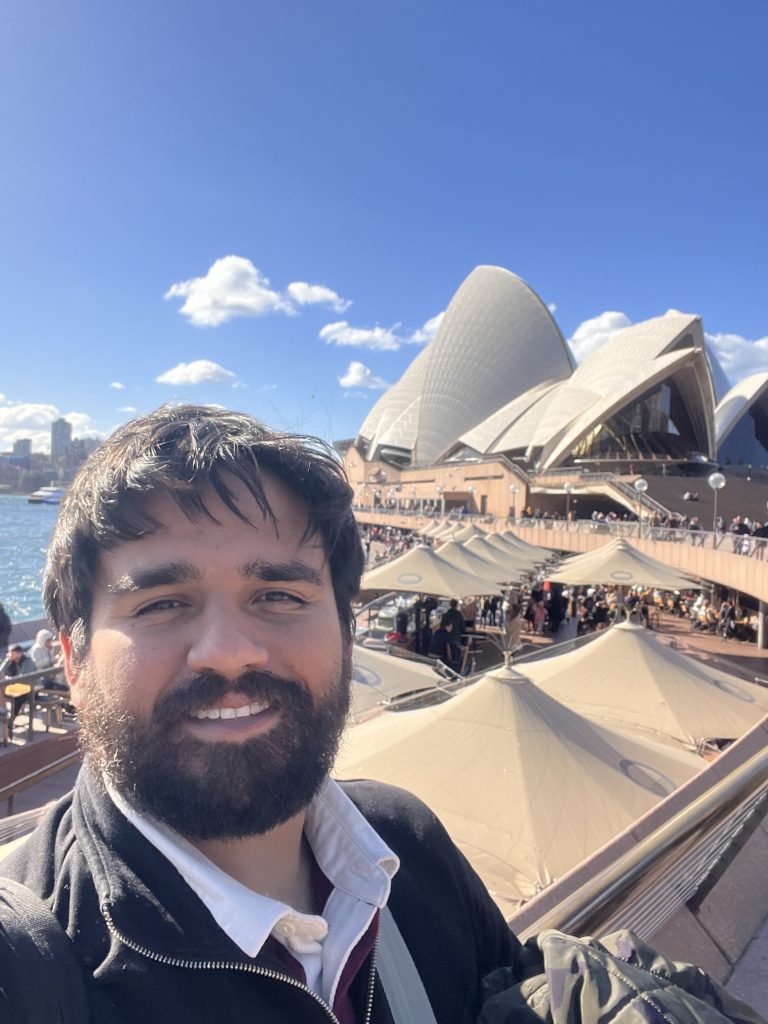
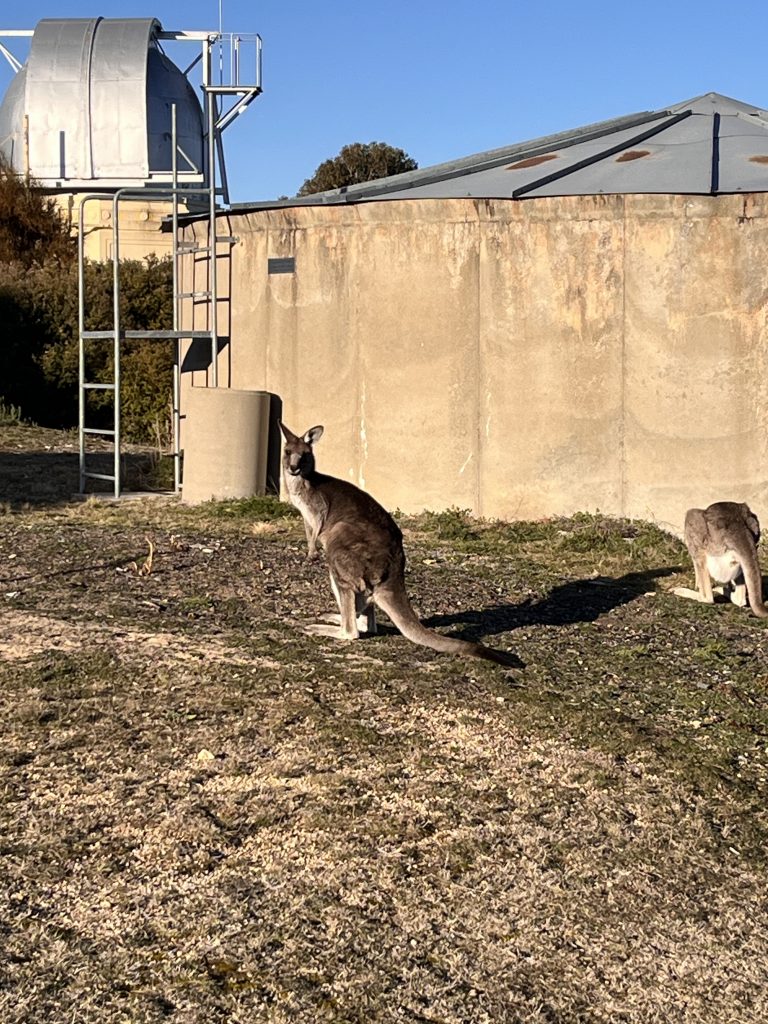
What can you tell us about living in Canberra?
It was enjoyable. Canberra is a very unique city, it’s the capital of Australia but was created in 1905 as an international project where various architects tried to design the city. The center is quite small and surrounded by suburbs where most people live, which isn’t a large number.
It’s a city with abundant nature, there are many green areas and an artificial lake in the center. Mount Stromlo, where the observatory is located, is about 20-30 minutes from the city. It’s not as high as one might think because there’s an observatory on top, and on the way there, you can see a lot of wildlife, including kangaroos everywhere. It was a beautiful experience, I’ll take away many good memories from the trip.
